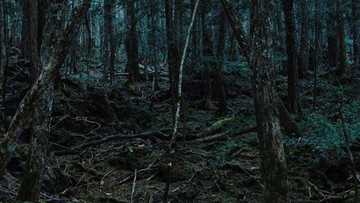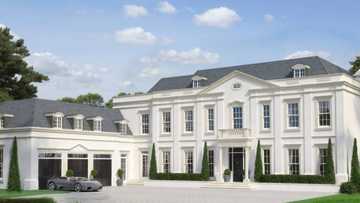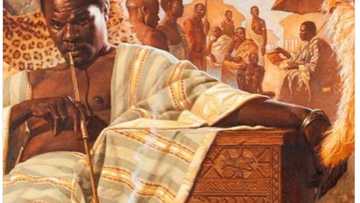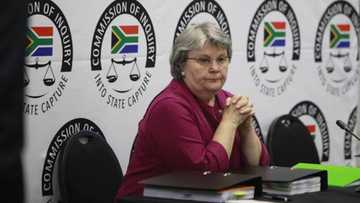Alexandra township: 10 facts about Mzansi's vibrant hub
South Africa's various townships sprawled across the country have played an internal part in our history. Alexandra is one of the landmark townships rich in history, culture, and entertainment on every corner. What are some intriguing facts about Mzansi's vibrant hub?
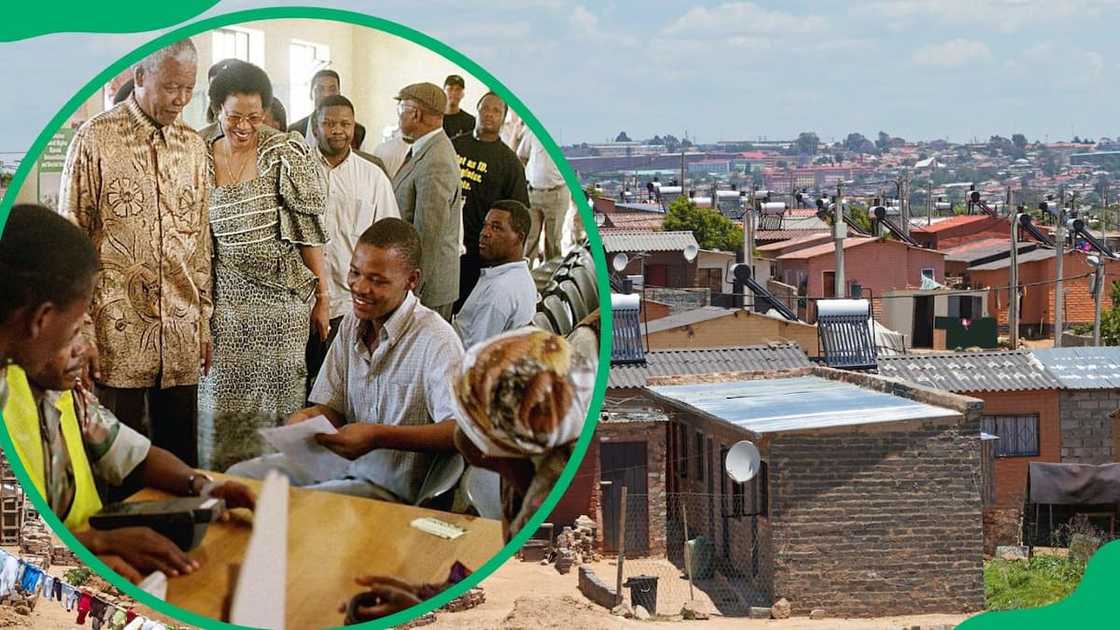
Source: UGC
TABLE OF CONTENTS
- What is Alexandra township known for?
- 10. Alexandra township’s history began in 1904
- 9. The farm stretched into plots which gave land to black families
- 8. The name Alexandra stems from Papenfus'township's wife
- 7. Alexandra township's population is well into 100,000
- 6. Alexandra is known as Gomora
- 5. The area has also been referred to as the 'dark city'
- 4. Alexandra is just over 800 hectares
- 3. The township successfully protested against bus fare increases in 1940
- 2. The township received funding in 2001 to improve infrastructure
- 1. The township attracts many international tourists globally
- Other interesting information
Life in Alexandra Township, also known as Alex, is constantly moving, and the area is vibrant and home to many. However, as an informal settlement, the area also experiences many downfalls, ranging from poverty and social issues to a lack of municipal facilities.
Despite these issues, those who call Alexandra home have made the most of their living situation. The area is considered a vibrant informal hub against the contrasting backdrop of the wealthiest square mile in Africa. The township is more than just an informal settlement, with a rich history dating back to the early 1900s.
What is Alexandra township known for?
What makes this bustling hub stand out from other informal settlements in South Africa? Here are ten interesting facts about Alexandra township, from its origins to the size of the area and the amount of South Africans that call it home.
The data here is from reputable sources, such as Show Me and South African History Online, official statistics, expert opinions, user feedback, and other relevant metrics.
10. Alexandra township’s history began in 1904
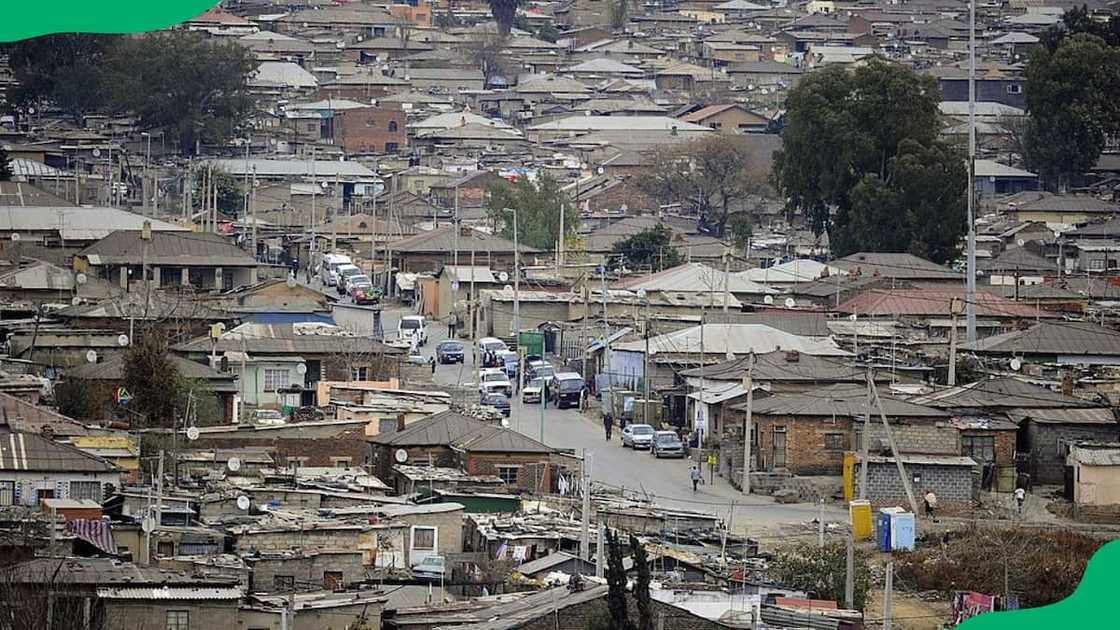
Source: UGC
The township began as a humble farm bought by wealthy farmer Papenfus. He moved his family and family cook to the farm, and Papenfus planned to farm milk to take to Johannesburg. Hey Nxele Mbanjwa, his cook, brought her then five-year-old daughter Annie with her, who went on to have ten kids once older.
9. The farm stretched into plots which gave land to black families
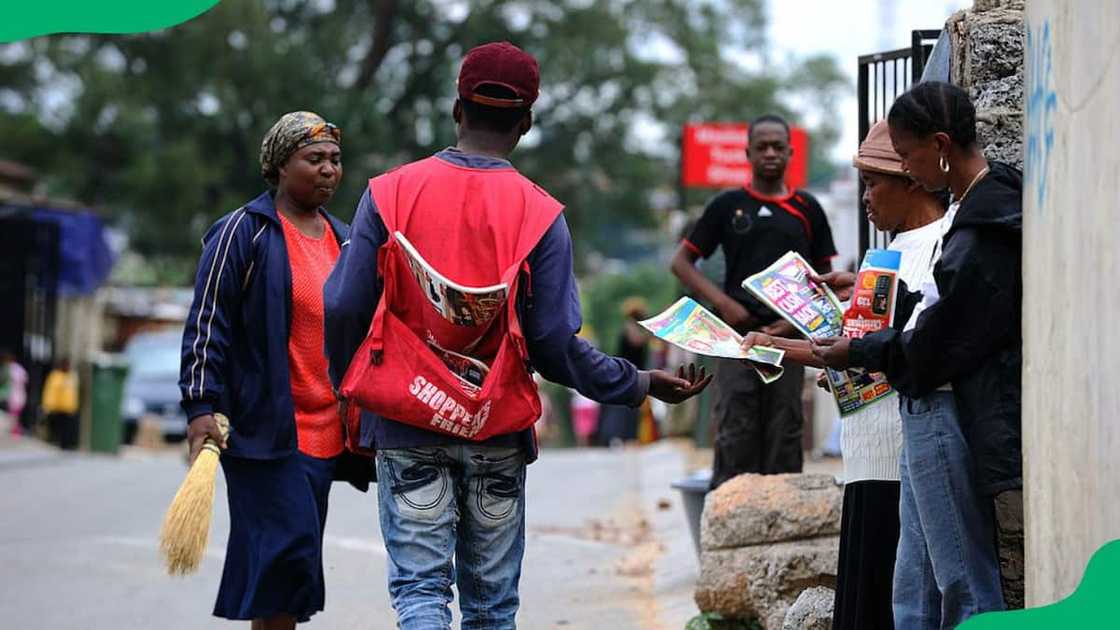
Source: UGC
Once more jobs became available in the area following the expansion of mines, black families settled nearby. Papenfus divided the Zandfontein farm into plots and sold them to black families, giving them a chance to own land that the 1913 Land Act robbed them of.
8. The name Alexandra stems from Papenfus'township's wife

Source: UGC
Papenfus named the area 'Alexandra' after the Mbanjwa family encouraged him to name the area after his beloved wife. Mbanjwa’s son, Twala, said Papenfus asked his grandparents what he could name the area, to which they allegedly said, 'Mbanjwa's''Your wife, Alexandra, loves people.'
7. Alexandra township's population is well into 100,000
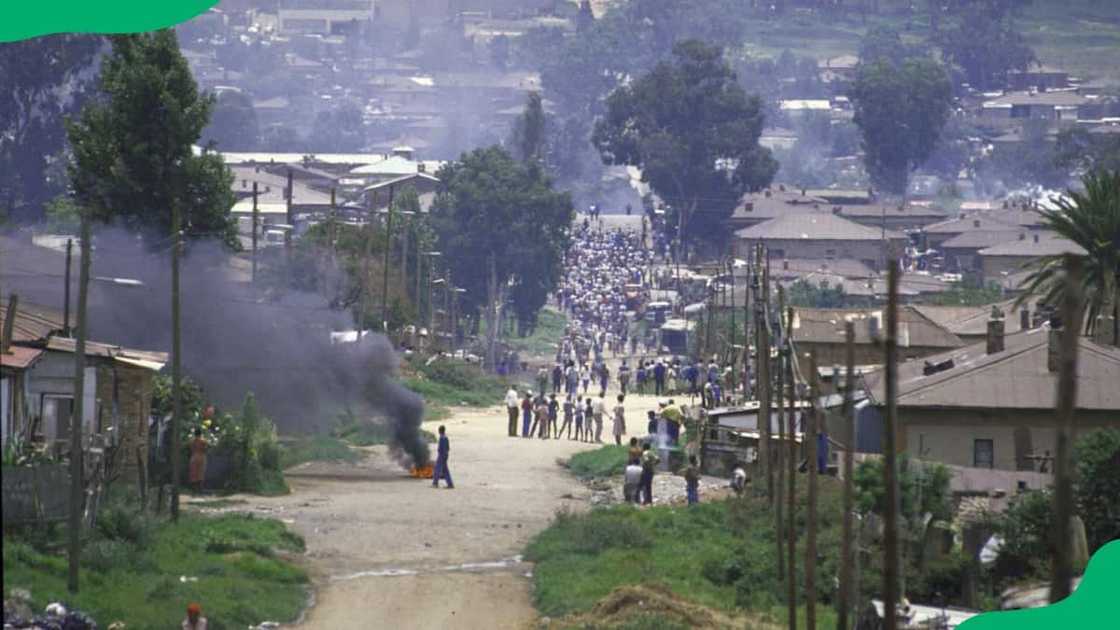
Source: UGC
The Alexandra township population has not definitively been confirmed. The Massachusetts Institute of Technology reports the value is between 180,000 and 750,000, while Britannica reports nearly half a million.
6. Alexandra is known as Gomora
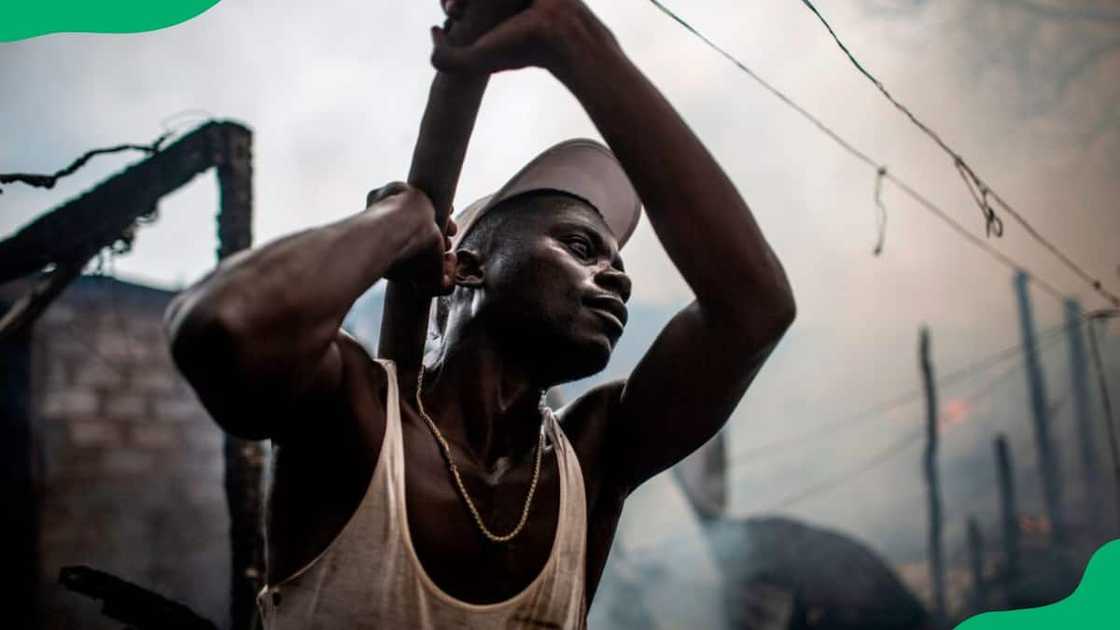
Source: Getty Images
The informal settlement is also known as Gomora. Why is Alexandra called Gomora? Issuu reports that the area's moniker stems from the infamous city of Gomorrah, mentioned in the Bible's Old Testament. The inspiration is tied to the notoriety the settlement gained after the infamous Msomi gang roamed in and around Alexandra in the 1950s.
5. The area has also been referred to as the 'dark city'
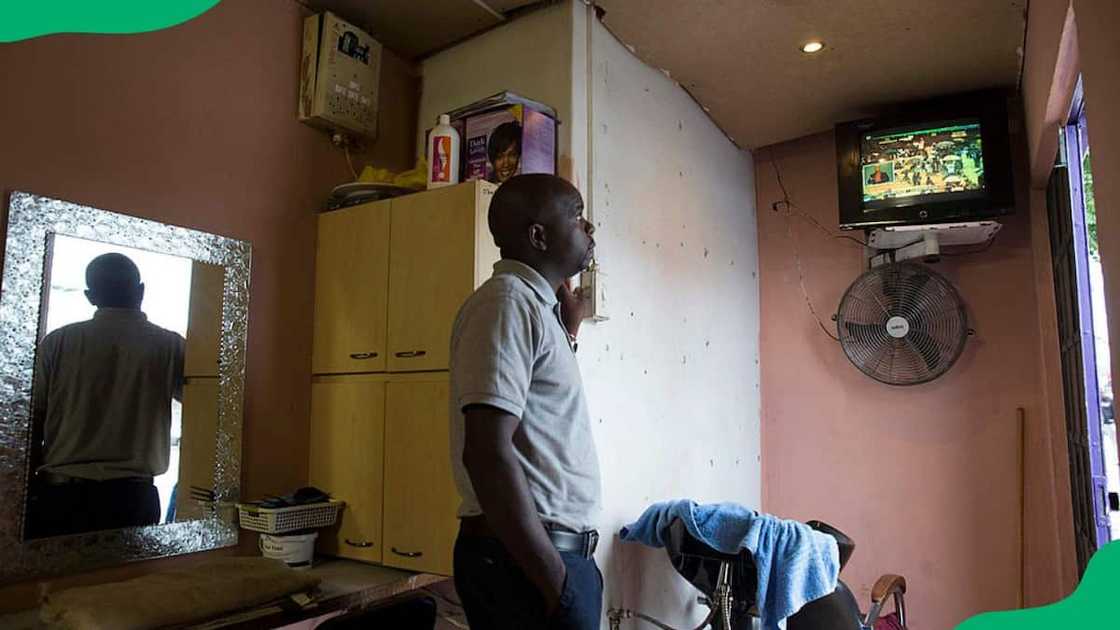
Source: UGC
Alex had struggled with insufficient infrastructure for decades, including no electricity. Reverend Sam Buti was the first house to receive electricity in the early 1970s. Reverand Sam Buti was an internal part of the townships, spearheading the Save Alex Campaign in the late 1970s.
4. Alexandra is just over 800 hectares
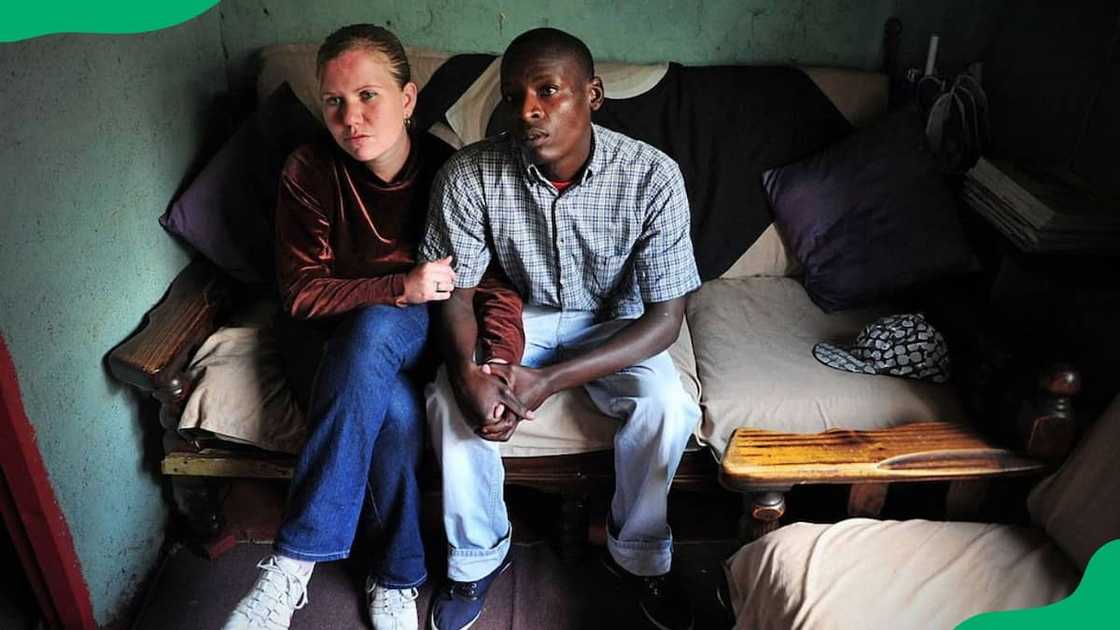
Source: Getty Images
Alex contrasts many townships that are far from urban areas and much smaller than others. Wits University reported that the informal settlement is over 800 hectares, 1 square mile, or 7.6 square kilometres. It is also near major travelling routes.
3. The township successfully protested against bus fare increases in 1940
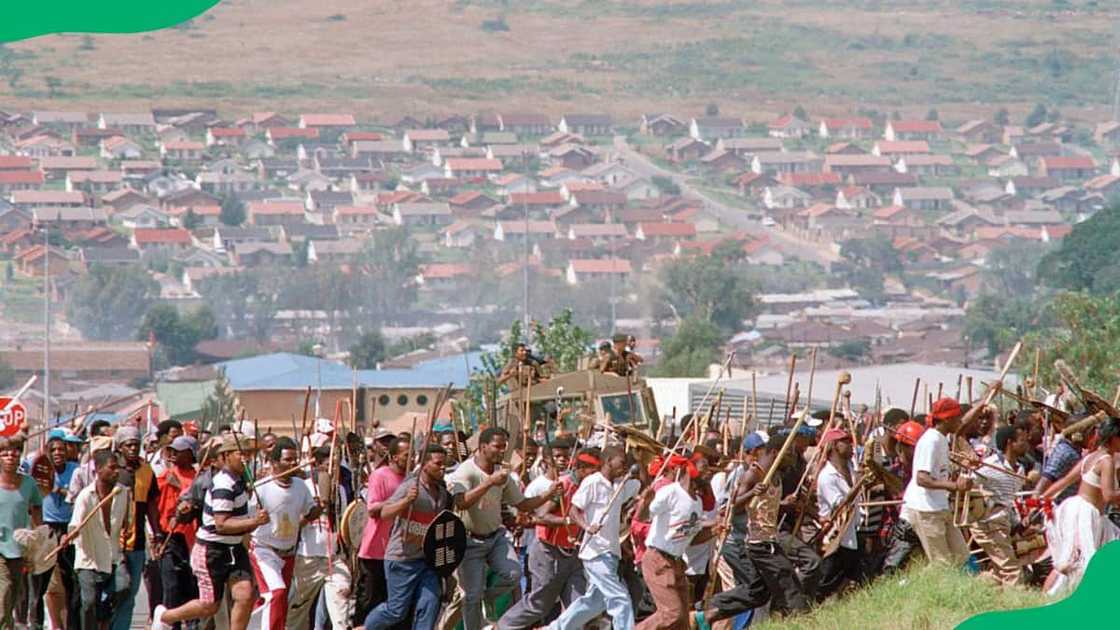
Source: Getty Images
In 1940, residents protested to boycott buses as the city wanted to increase the fare from four pennies to give, with one penny worth R1 in today's currency. The residents protested diligently for six months, walking 15 km into town and back. Following the six-month mark, the fees dropped. The issue was raised again, but the residents won that battle, too.
2. The township received funding in 2001 to improve infrastructure
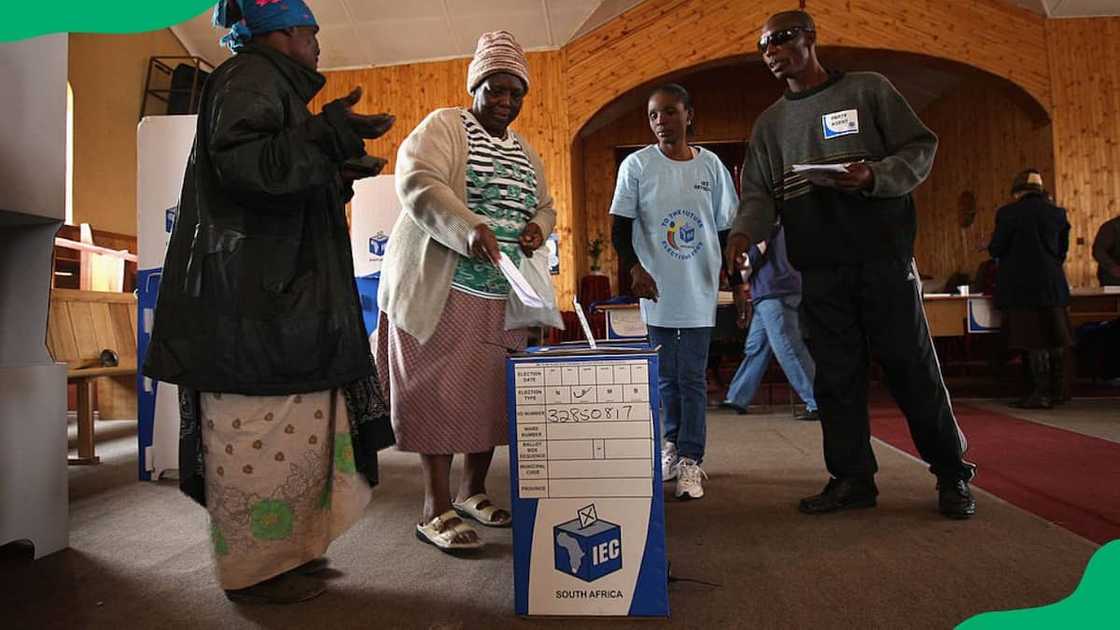
Source: Getty Images
Recognising a dire need for infrastructure improvement in the heavily populated area, former president Thabo Mbeki announced the Alexandra Renewal Project in Febuary 2001. The project allocated R1.3 billion in expenditure over seven years for upgrades, which helped the impoverished area tremendously.
1. The township attracts many international tourists globally

Source: Getty Images
Although still a struggling informal settlement, the necessary upgrades and tenacity of the residents have made Alex township a must-see for tourists. Local tourism companies take international visitors to various landmarks and must-sees in the informal settlement, complete with an insightful tour guide and some writing about their unique experience.
Other interesting information
What else is there to know about the township besides the abovementioned facts? Here are some other commonly asked questions by curious individuals regarding the historically rich township.
What separates Sandton and Alexandra?
Unequal scenes report that the M1 highway bisects Alexandra from Sandton, an affluent suburb of Johannesburg, the wealthiest square mile in Africa. Alexandra township's address starkly contrasts the wealth between the two areas, with just a highway separating them. This highlights the country's more significant problem: poverty and social issues at the front and centre of Alexandra.
What are the social issues in Alexandra township?
The township has various issues with its massive influx of people living there. With overcrowding a significant concern in the area, many fall sick due to proximity and health issues that informal settlements bring.
What are the living conditions like in Alexandra township? As an informal settlement, various essential facilities are absent, such as municipal services relating to maintenance and clean-up. This includes a lack of drainage systems, unsanitary living conditions, and sewerage blockages, among other concerns.
What happened in Alexandra during apartheid?
South African History Online states an ineffectual Health committee was administered to Alexandra. However, the settlement was brought under direct government control in 1960.
Alexandra township is widely known for its harsh living conditions and lively streets abuzz with friendly residents determined to thrive despite the circumstances. A brief glimpse into Alex's history paints a picture of residents in difficult situations who rose above adversity each time.
READ ALSO: Top wine farms in Cape Town and why you should visit them
Cape Town wine farms are world-class, producing quality wines sold globally. Briefly.co.za wrote about some of the top wine farms for tourists and locals, including why they should not be missed.
What are the top 15 wine farms in Cape Town? Here are the top picks based on reviews. Did your favourite make the list?
Source: Briefly News

